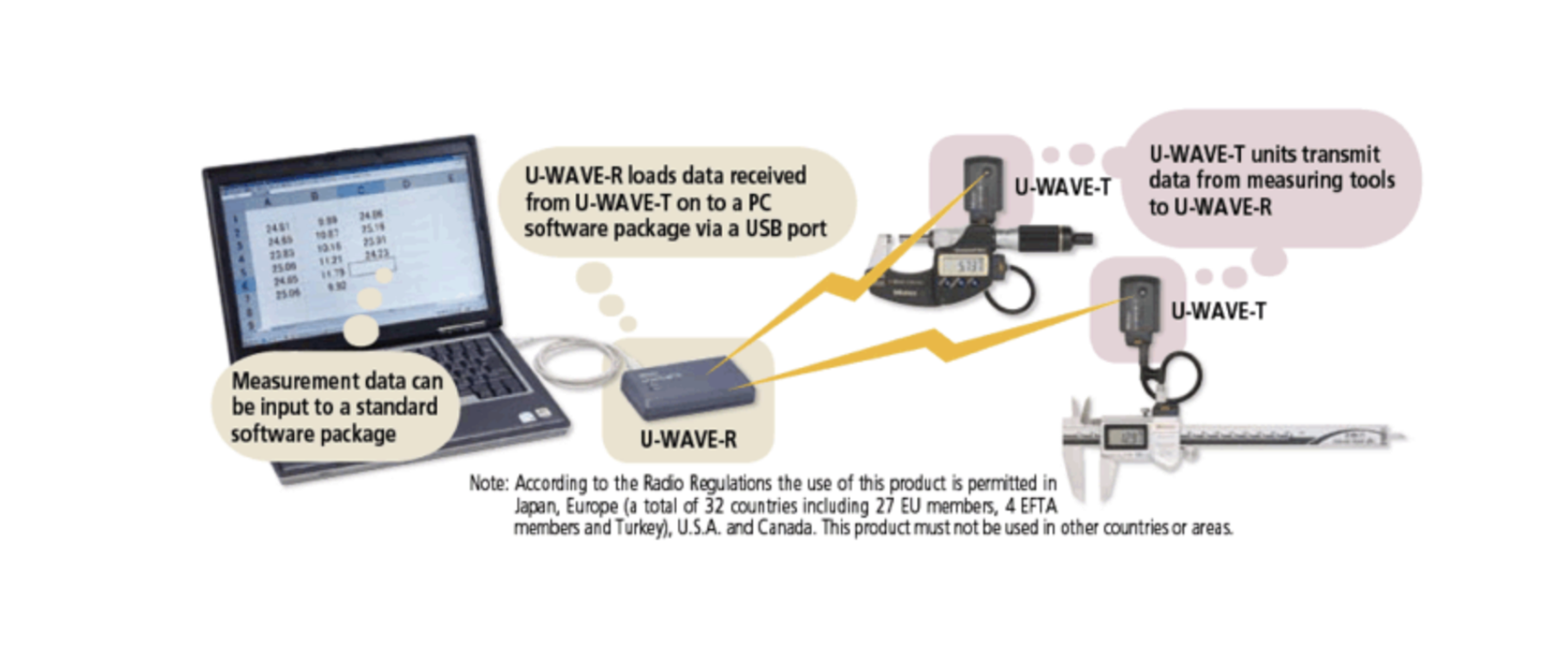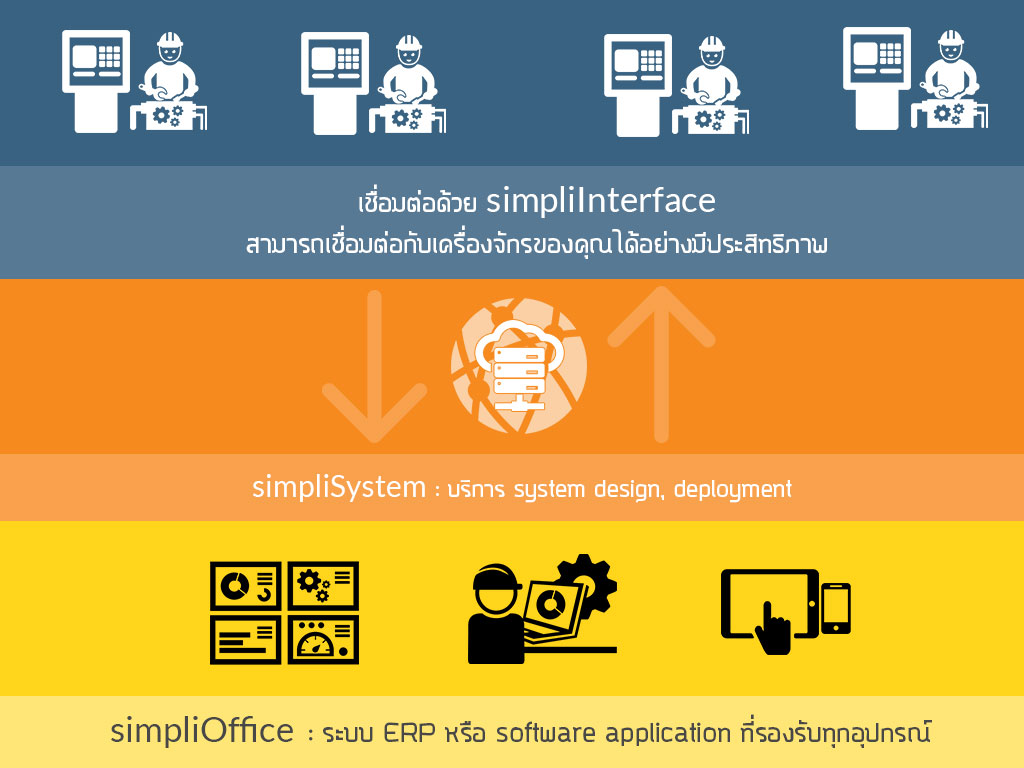Using the Source–Victim Matrix to Connect RE102 and RS103 in Shipboard EMC
Introduction
Electromagnetic Compatibility (EMC) is not just about passing tests in the lab. On naval platforms, dozens of communication, radar, and navigation systems must operate side by side without interfering with one another.
Two MIL-STD-461G tests cover opposite sides of this challenge:
- RE102 (Radiated Emissions): how much a device radiates.
- RS103 (Radiated Susceptibility): how much a device can withstand.
Individually, they ensure compliance. Together, they help answer the key question: can these systems coexist in the same shipboard environment?
That’s where the Source–Victim (SV) matrix comes in.
RE102 vs RS103 in Plain Terms
- RE102: You sweep across frequencies and measure a device’s emitted field strength (V/m or dBµV/m).
- RS103: You expose the device to known fields and check that it keeps working up to a defined immunity threshold (V/m or dBµV/m).
On their own, these tests are useful. But by combining them, you get a system-level picture of electromagnetic compatibility.
The SV Matrix Concept
The SV matrix compares every emitter (source) against every receiver (victim):
- Source device: generates the field (e.g., SATCOM, VHF radio, radar).
- Victim device: could be disturbed (e.g., GPS, NAVTEX, navigation radar).
- Distance: separation on the ship.
- Emission at 1 m (RE102): baseline radiated level.
- Emission at victim location: adjusted for distance and coupling.
- RS103 immunity level: the victim’s required tolerance.
- Margin (dB):
\text{Margin} = RS103 - Emission\_{at\ victim} - PASS/FAIL: Positive margin = safe. Negative margin = potential interference.
Example from Shipboard Data
From a sample dataset of 338 source–victim pairs, two scenarios stand out:
- Self-coupling (INMARSAT-C → INMARSAT-C)
- Emission at victim ≈ 13.8 MV/m (262 dBµV/m)
- RS103 requirement = 50 V/m (154 dBµV/m)
- Margin = –109 dB → FAIL
- Interpretation: extreme numbers (likely model placeholders), but it reminds us that self-interference is real.
- INMARSAT-C → NAVTEX
- Emission at victim ≈ 0.87 V/m (119 dBµV/m)
- RS103 requirement = 50 V/m (154 dBµV/m)
- Margin = +35 dB → PASS
- Interpretation: NAVTEX is well protected from INMARSAT emissions at this distance.
Workflow (Text Diagram)
Source Device (Tx) --> RE102 Emission at 1 m
|
v
Propagation / Coupling (distance, shielding)
|
v
Predicted Field at Victim (E_at_v, V/m & dBµV/m)
|
+--> Compare with RS103 Immunity Threshold
|
v
Margin = RS103 - E_at_v
|
+---------+----------+
| |
PASS (positive) FAIL (negative)
| |
Record in SV Matrix Apply Mitigation (filter, shield, relocate)Why It Matters
- Holistic view: Instead of testing devices in isolation, you see how they interact.
- Design guidance: Placement, shielding, or filtering decisions are clearer.
- Early warning: Margins highlight risk areas before integration or deployment.
- Mission reliability: On ships, where space is tight and systems are dense, this method prevents costly surprises.
Example SV Matrix (Text Table)
| Source: VHF | Source: SATCOM | Source: Radar
---------------+----------------+-----------------+----------------
Victim: GPS | +28 dB PASS | +12 dB PASS | -6 dB FAIL
Victim: NAVTEX | +35 dB PASS | +18 dB PASS | +9 dB WARN
Victim: Radar | +42 dB PASS | -3 dB FAIL | +5 dB WARN- Positive margin = PASS (safe)
- Slightly positive margin = WARN (borderline)
- Negative margin = FAIL (interference risk)
Conclusion
The SV matrix bridges the gap between RE102 (what a system emits) and RS103 (what a system must tolerate). Instead of isolated pass/fail results, you get a system-level compatibility map.
For complex shipboard environments, this method turns EMC analysis from a checkbox exercise into a practical design tool that directly improves mission readiness.
Get in Touch with us
Related Posts
- AI驱动的医院信息系统纵向整合(Vertical Integration)
- How AI Enables Vertical Integration of Hospital Systems
- 工业AI系统中的AI加速器 为什么“软件框架”比“芯片性能”更重要
- AI Accelerators in Industrial AI Systems: Why Software Frameworks Matter More Than Chips
- 面向中国企业的系统开发:以 AI + 工作流安全集成电商与 ERP
- Global-Ready System Development for EC–ERP Integration with AI & Workflow
- 不可靠的“智能”系统所隐藏的真实成本
- The Hidden Cost of ‘Smart’ Systems That Don’t Work Reliably
- GPU vs LPU vs TPU:如何选择合适的 AI 加速器
- GPU vs LPU vs TPU: Choosing the Right AI Accelerator
- 什么是 LPU?面向中国企业的实践性解析与应用场景
- What Is an LPU? A Practical Introduction and Real‑World Applications
- 面向软件工程师的网络安全术语对照表
- Cybersecurity Terms Explained for Software Developers
- 现代网络安全监控与事件响应系统设计 基于 Wazuh、SOAR 与威胁情报的可落地架构实践
- Building a Modern Cybersecurity Monitoring & Response System. A Practical Architecture Using Wazuh, SOAR, and Threat Intelligence
- AI 时代的经典编程思想
- Classic Programming Concepts in the Age of AI
- SimpliPOSFlex. 面向真实作业现场的 POS 系统(中国市场版)
- SimpliPOSFlex. The POS Designed for Businesses Where Reality Matters














